What does Windows 10 Critical Process Died No Safe Mode mean? Critical Process Died indicates when a system process dies while displaying its bug check error code 0x000000EF or a blue screen error. If a critical system is unable to run appropriately, the operating system will get into some problems.
As a result, it will crack and disclose errors on your computer in Windows 10 like “Your PC Ran Into a Problem and needs to restart. We’re just collecting some error info, and then we’ll restart for you. (n% complete)”
Due to the Critical Process Died, a significant number of computers even access the loop of constant rebooting. Whatever, the good thing is, Critical Process Died No Bootable Device is fixable. Throughout the article, we’ll show you How To Fix Critical Process Died with ease. So, without any further ado, let’s get started.
What Causes a Dead Critical Process?
We have tried to find out what actually causes the dead critical process & here are the results.
- When any critical component detects a modification that has not been authorized, it intervenes and causes the dead critical process.
- This critical process that is detected unexpectedly is responsible for the BSODs.
- You will know that you are suffering from this error because you will see the error code 0x000000EF on the blue screen.
- Many times the cause is simple and is just a corrupted Windows background process. It can also occur because the data has been incorrectly modified.
If you want to fix the dead critical process stop code you can follow any of the 9 processes listed below: you want to Fix the Dead Critical Process Stop Code, you can follow any of the 9 processes listed below:
How To Fix Windows 10 Critical Process Died No Safe Mode [Proven Methods]
In this segment we have demonstrated some of the possible solutions that you can execute to solve Windows 10 Critical Process Died No Safe. So, let’s check them out.
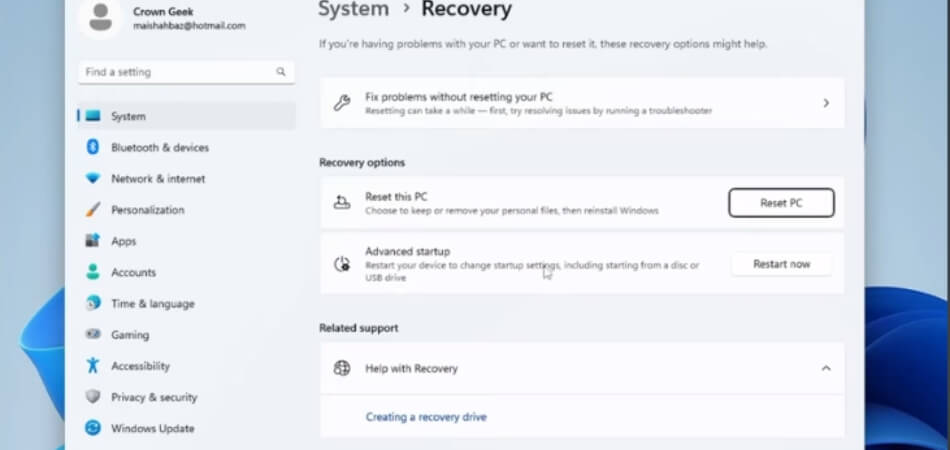
Solution 1: Perform a System Restore
By performing a System Restore, you can fix the “Critical Process Died Cant Boot” error without encountering any difficulties. If you are not acquainted with System Restore, follow the below directory.
Step-1: Search for the “Settings” option on your Windows

Step-2: Select “Update & Security” option below
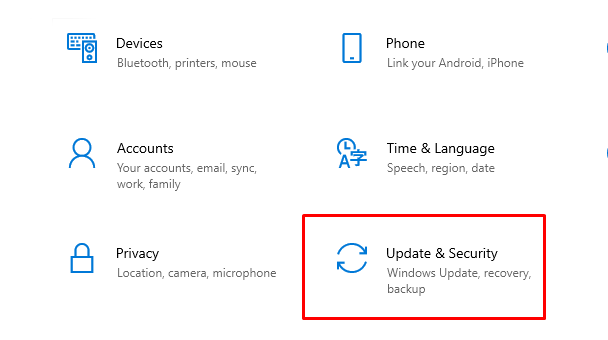
Step-3: Press on the “Recovery” from the left side below

Step-4: Click on the “Get Started” under the “Reset This PC” option

Step-5: Now Choose “Keep My Files”
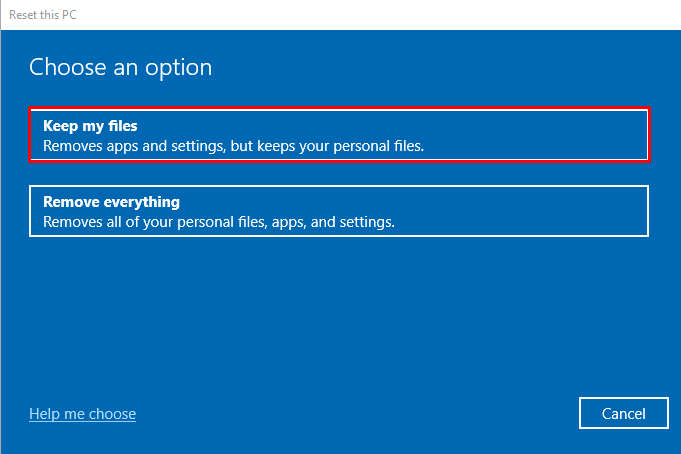
Step-6: Press “Finish” & Restart your Pc.
Once you have accomplished all the steps one by one, then check whether you still have the problem, or not. If you get it yet, execute the next solution.
Solution 2: Restart the Computer in Safe Mode
You can try restarting your computer in safe mode to fix the Critical Process Died Windows 10 Cannot Boot Loop problem. Follow the steps below:
Step-1: Restart Windows 10.

Step-2: You must press Shift + F8 before Windows starts to load; this way, you can start safe mode.

Step-3: Then, go to “Advanced Startup Options” and then “Startup Settings” to set the boot mode to “Safe Mode” so that you can open your computer.

Solution 3: Update All Drivers
One of the most common causes in the stop code is outdated drivers. That is why you should check if any of them need an update or not.
Step-1:If you want to check your drivers’ status, right-click on the “Start” icon on windows;
Step-2:Then you need to select “Device Manager”
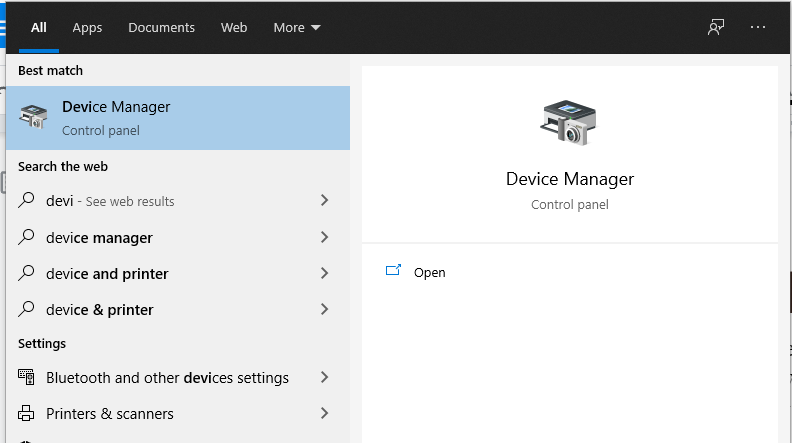
Step-3: After that view the list to see if any of the devices have a yellow exclamation mark next to them. Look at the image below.

Step-4: If you see this exclamation point, you should right-click on the device and select “Update Driver Software.”
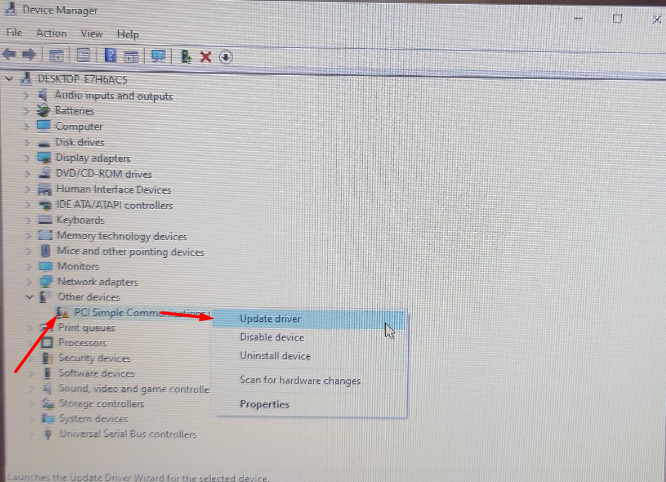
Solution 4: Use MiniTool Partition Wizard
Other errors that can affect are bad disk blocks. MiniTool always recommends that you use professional software, and you can use this tool to check a hard drive for errors. When the disk check is complete, you must protect them if there are bad or bad sectors. There are many steps you can find on Google to protect bad blocks. Here we have given a complete guideline to use the MiniTool Partition Wizard to check disk errors that cause critical processes to die in a safe mood.
Step-1: Download & Install MiniTool From its Official Website

Step-2: Now, open the software and choose a target Hard Drive and then Right-Click on this disk to get the “Surface Test” function. You can get the feature from “Check Disk Menu Also.
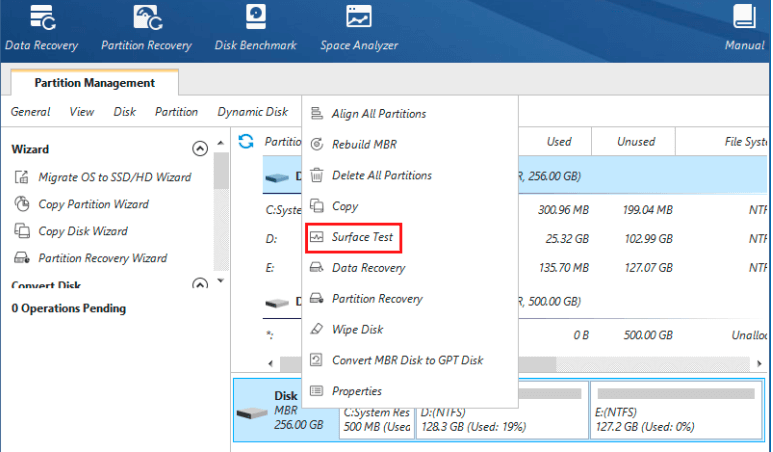
Step-3: Tap on the “Start Now” option to start the process. During the scanning, you need to wait a couple of minutes.
Step-4: Now after getting scanning results, press on the “OK” to continue.
Step-5: Click on the “Apply” option to perform all operations.
Solution 5: Use SFC / Scannow
If Windows 10 Critical Process Died No Safe Mode, you could use the system file checker. This is a tool that can help you cure various problems that are based on Windows and by repairing incorrectly modified system files.
To run the verifier, you must start the Command Prompt as an Administrator. The easiest way is to run a search for “cmd,” then Right-Click the result and select “Run as administrator.”
When the command prompt is already open, you must type SFC / Scannow and then press Enter. This is a process that may take a few minutes to complete.
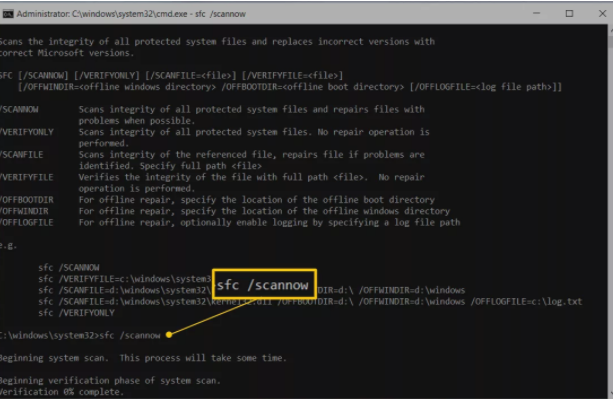
When finished, you will see a list of many problems on your screen and the steps the system has taken to fix them.
Solution 6: Run Dism to Repair Corrupted System Image
If you still get the error, you can run the Deployment Imaging and Services Management (DISM) tool. This tool has 3 switches, which are: ScanHealth, CheckHealth, and Regain Health. Of these options, you should only be interested in “Regain health.”
If you want to use DISM, you must Open the Command Prompt as Administrator. To do this, you must follow the following steps: When the application is open, you must type DISM/Online/Cleanup-Image/ RestoreHealth and then press Enter.
This process can take anywhere from 10 minutes to 30 minutes. You should not worry if you notice that the bar stops at 20% for a few minutes because it is expected behavior. When the scan is finished, you must reboot your machine.
Solution 7: Perform a Clean Boot
This start-up mode uses the minimum number of processes, drivers, and programs. When your computer is up and running, you can load the processes to try to fix the problem. If you want to clean the start of your machine, you must follow the steps below:
Step-1: You should open the Windows Search Bar
Step-2: Type “System Configuration” and then press “Enter.”
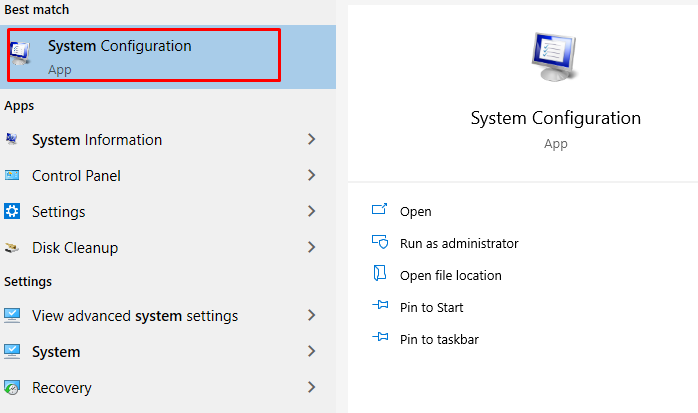
Step-3: You must click on the “Services” tab
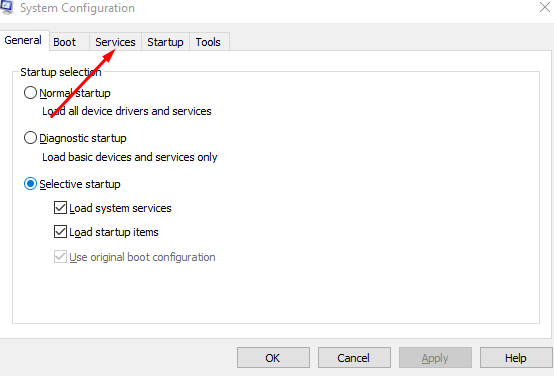
Step-4: Uncheck the verification section next to “Hide all Microsoft services.”
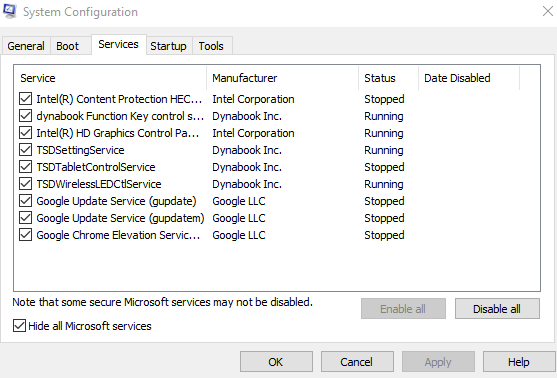
Step-5: Click the “Disable All” button
Step-6: Now restart your computer.
Solution 8: Uninstall the Latest Software
If you notice that the problem has just started, it may be the recent Windows update’s fault. It is very easy to uninstall this recent update. In order to remove the latest Windows update, follow these steps:
Step-1: Open the “Settings” application
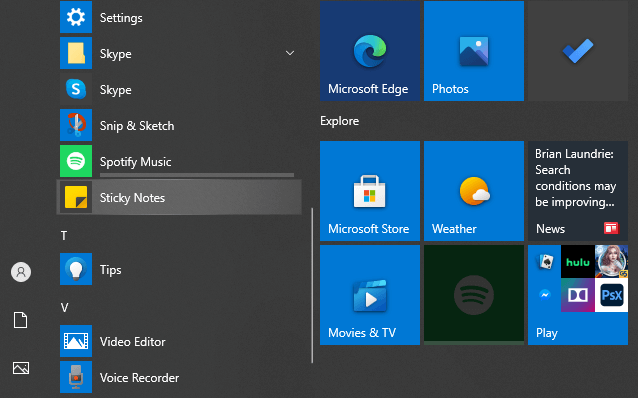
Step-2: Go to “Update & Security”

Step-3: Press on the “Windows Update” & then “Update History”

Step-4: No click on the “Uninstall Updates”. Then you must highlight the update you want to install and press the “Uninstall” button that appears at the top of the window.

Solution 9: Use the System File Checker (SFC) to Repair Corrupted System Files
As already mentioned above, the SFC (System File Checker) tool allows you to scan Windows files that are corrupted or have any changes. If you notice that a file has been modified, it will automatically replace it with the correct version.
Frequently Asked Questions
Some questions we often find while fixing the windows 10 critical process died, no safe mode is given below.
How to Fix Dead Critical Process BSOD in Windows 10?
It is very simple, and you have several options that you can try to fix the problem, such as updating the drivers, running an SFC scan, performing a system restore, performing a clean boot, etc.
What Causes the Critical Process of Dead Error in Windows 10?
This appears because the process required to run the system has been terminated suddenly. A blue screen can appear from missing system file corruption by corrupted drivers. It can also be due to virus attacks, compatibility issues, etc.
Final Words
Windows 10 Critical Process Died No Safe Mode is one of the common errors that are usually confronted by many more Windows users. It happens due to several reasons that we already mentioned in the above segments. However, this problem is fixable and only requires some effective methods. In this context, we have given 9 effective & proven methods that will sure help you to get rid of the Critical Died No Safe Mode problem.